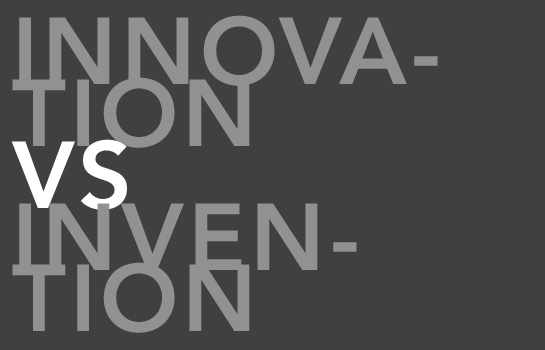It is not the strongest of the species that survives, nor the most intelligent, but the most responsive to change — Charles Darwin
Yes, I love that quote, it makes me sound cool and sure, I’m a little late to the game in having found out about it only a few months ago.
But is it true?
Better yet, in what context is it true and to what degree of change are we talking about? My interests lie in interactive design, web technologies and mobile computing so I’m going to this as the backdrop for the topic of change and mutation.
As an interactive designer I have to be able to adopt, interpret and reject various new technologies, web services and gadgets in order to keep myself relevant/marketable/employed.
I consider myself a ‘hybrid’ designer – one that has an understanding of both the technical and aesthetic sides of a project. Coincidentally, I also consider this one of the most important traits for all interactive designers to have. You almost inherently have to to be one. As a hybrid, you’re always in flux. Jumping from design to technology programs. Testing new web sites and web services. Hybrids are constantly mutating.
Because you don’t always know what the next project is going to require. It could require Flash or XHTML or AJAX or PaperVision3D or XML or MySQL or Java or an iPhone SDK or a Palm webOS SDK or a 3-inch screen or a 30-inch screen. While there’s plenty of fundamentals that are still relevant after 10 years of doing interactive design, I’m constantly having to learn new things, be it design-, technology- or Human Experience-related.
Since there are so many new things happening within the (broad) fields of design and technology I have to cherry-pick which technologies, user interface paradigms and gadgets and therein lies the secret – isn’t how many new ‘things’ you adopt and understand but which ones. Which brings me to the other quote I came across on Ars Technica regarding mutation rates among bacteria:
For the first week or so, normal strains actually outgrew the competition. But, after a few weeks, mutator strains began to pick up helpful adaptations, and quickly came to the fore. By 30 days, only 8 strains (out of 66 initially) survived in culture: all the wild type and low-mutation versions had been driven out by the competition. But so had the strains prone to the most mutations; instead, all the strains fell in a narrow range, with somewhere between three and 47 times the normal mutation rate, with most on the high end of that range.
I think we share a lot in common with bacteria and this is one example from which we can learn. Be open to mutating within your chosen field, but be selective and don’t learn new technologies just for the sake of it. Don’t buy an iPhone if you think it’s crap. You almost need to become a curator of design and technology. You have to know how to spot talent and innovative ideas 10 miles away.
And that brings me to my final point, Apple’s rumored iTablet. We know it’s coming and that’s all we know. Victor pointed me to a a discussion that happened last month on “how developers can proactively prepare their place in a new market”. Smart move if you ask me.
Much smarter, I would say, than preparing for a Microsoft Surface market.






